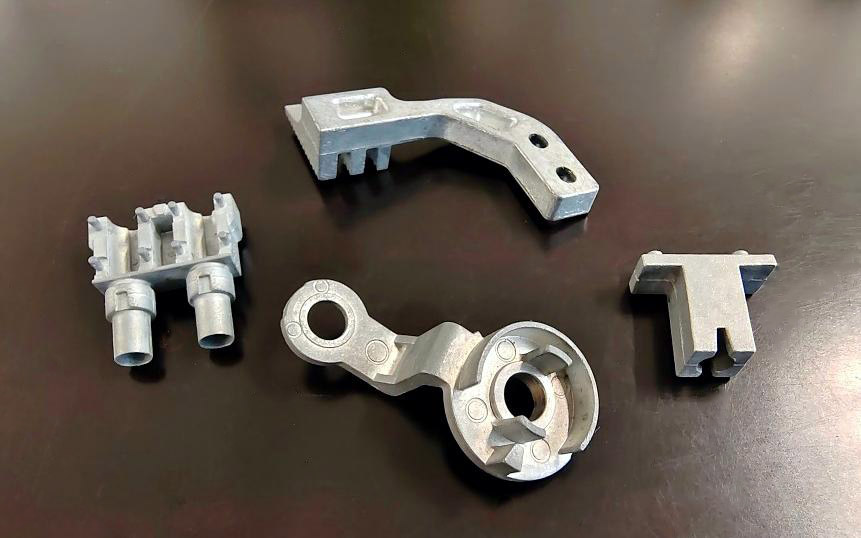Zinc alloys, particularly Zinc Zakmac 3 and Zakmac 5, are highly regarded in the die casting industry for their exceptional mechanical properties, ease of casting, and cost-effectiveness. These alloys belong to the Zamak family, which is renowned for its superior performance in various industrial applications. The unique characteristics of Zakmac 3 and Zakmac 5 make them suitable for a wide range of applications, from automotive components to consumer electronics. This essay will delve into the specific applications and benefits of Zinc Zakmac 3 and Zakmac 5 in die casting services, highlighting their distinct properties and advantages.
Zinc Zakmac 3, also known as Zamak 3, is the most widely used zinc alloy in die casting. Comprising approximately 96% zinc, 4% aluminum, and trace amounts of magnesium and copper, Zamak 3 offers an excellent balance of mechanical properties and ease of casting. One of its standout features is its good dimensional stability, which ensures that parts maintain their shape and size over time. Additionally, Zamak 3 boasts high impact strength and an excellent surface finish, making it ideal for producing intricate and detailed components. This alloy is extensively used in the automotive industry for manufacturing parts such as door handles, brackets, and housings. Its ability to produce high-quality, aesthetically pleasing parts with minimal post-processing also makes it a popular choice in the production of consumer goods, electronics, and hardware.
Zinc Zakmac 5, or Zamak 5, is another prominent zinc alloy used in die casting, known for its enhanced mechanical properties. While it has a similar composition to Zamak 3, Zamak 5 contains a slightly higher copper content, typically around 1%. This increased copper content significantly enhances the alloy’s strength and hardness, making it suitable for applications that require higher mechanical performance. Zamak 5 is often employed in the production of components that need to withstand greater stress and wear, such as gears, levers, and structural parts. The alloy’s improved mechanical properties also make it a preferred choice for applications in the aerospace and defense industries, where reliability and durability are paramount. Despite its higher strength, Zamak 5 maintains good castability and surface finish, ensuring that the final products meet stringent quality standards.
Both Zinc Zakmac 3 and Zakmac 5 offer significant advantages in die casting services, contributing to efficient and sustainable manufacturing processes. Their low melting points allow for energy-efficient casting processes, reducing production costs and environmental impact. Additionally, these alloys exhibit excellent fluidity, enabling the production of complex shapes and thin-walled components with high precision. The superior corrosion resistance of zinc alloys ensures the longevity and durability of the cast parts, even in harsh environments. Furthermore, zinc die casting allows for high production rates and consistent quality, making it an ideal choice for mass production. The recyclability of zinc alloys further enhances their appeal, aligning with the growing emphasis on sustainable manufacturing practices. As the demand for high-quality, precision-engineered components continues to grow, the use of Zinc Zakmac 3 and Zakmac 5 in die casting services is expected to remain strong.

In conclusion, Zinc Zakmac 3 and Zakmac 5 are indispensable materials in the die casting industry, offering a combination of excellent mechanical properties, ease of casting, and cost-effectiveness. Zamak 3 is favored for its balanced properties and versatility, while Zamak 5 is chosen for applications requiring higher strength and durability. Both alloys contribute to efficient and sustainable manufacturing processes, making them valuable assets in various industrial sectors.